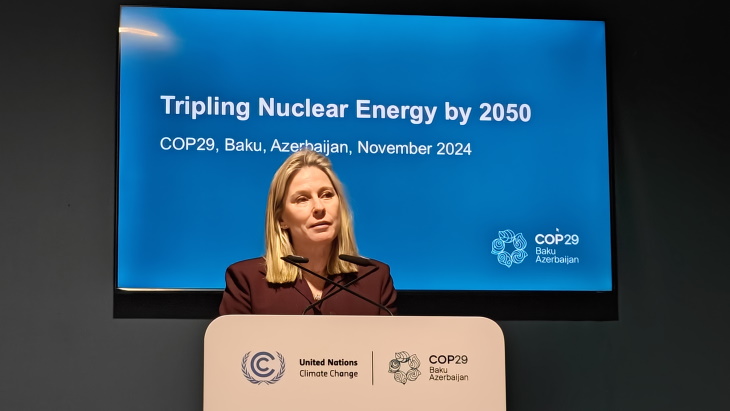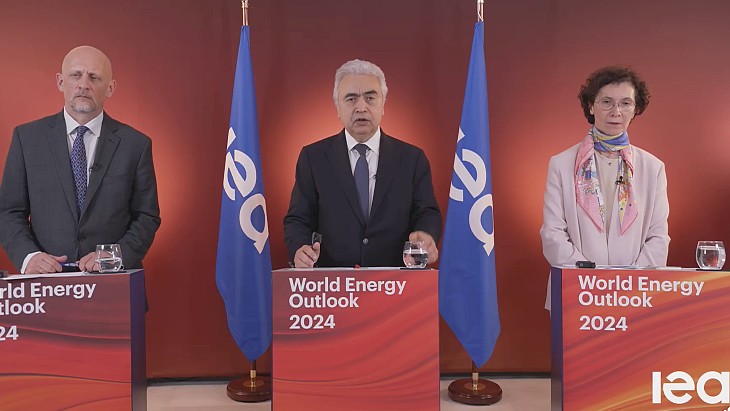High gas prices shift optimal hydrogen production to nuclear, says IAEA
.jpg)
Using its new FRAmework for the Modelling of Energy Systems (FRAMES), the IAEA found that as gas prices increase, the optimal mix of technologies for producing low-carbon hydrogen shifts in favour of nuclear and renewable energy and away from natural gas with or without carbon capture and storage. While the study focused on a particular country, its results can be generally applied to other energy markets.
As a baseline reference for the average natural gas price, the FRAMES study used USD6 per million British thermal units (BTU), which was the approximate price in markets such as Europe as recently as last spring before the recent price surge. That was also the price used in a recent Urenco/Aurora study of the UK market in the year 2050, Decarbonising Hydrogen in a Net Zero Economy, which showed that nuclear energy partnered with renewables can lower the overall system costs of hydrogen production.
"This shift happens at natural gas costs that are substantially lower - around USD10-15 per million British thermal units - than those observed in recent days in the European Union, United Kingdom and parts of Asia," said Francesco Ganda, an IAEA nuclear engineer who conducted the study, referring to recent record high spot prices in these markets of between USD35 and USD40 per million BTU, a globally used measure for the energy content of natural gas.
When natural gas prices rise above USD20 per million BTU, the FRAMES study showed that the optimal method of hydrogen production becomes a mix of electrolysis-produced hydrogen from electricity supplied by a combination of renewables and conventional nuclear power plants and thermal processes that can eventually be supplied by advanced high-temperature reactors.
FRAMES, which is still under development, is currently being used for internal IAEA analyses of integrated energy systems. It provides quantitative analyses on nuclear power's potential benefits to present and future electricity systems, which is of particular interest for countries pursuing or considering nuclear power as part of their solution to meet net-zero goals.
The model evaluates short- and long-term impacts on overall carbon emissions, structure of the generation mix and cost of electricity provision, which helps to inform the economic impacts of achieving various CO2 emission targets. Additionally, FRAMES can support technical analyses involving the optimal grid integration of advanced nuclear technologies - such as small modular reactors, microreactors and fast reactors - as well as non-electric applications of nuclear energy.
The FRAMES study comes ahead of the COP26 climate change conference, where the IAEA will hold several events to underscore nuclear energy's contribution to achieving the goals of the Paris Agreement and Agenda 2030 for Sustainable Development. It said clean hydrogen is increasingly seen as having a key role in the clean energy transition as part of a reliable low-carbon energy mix.

_99697.jpg)








_88592.jpg)

